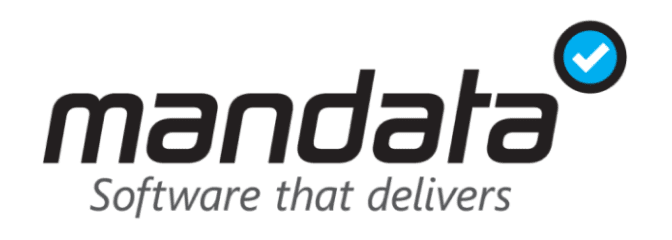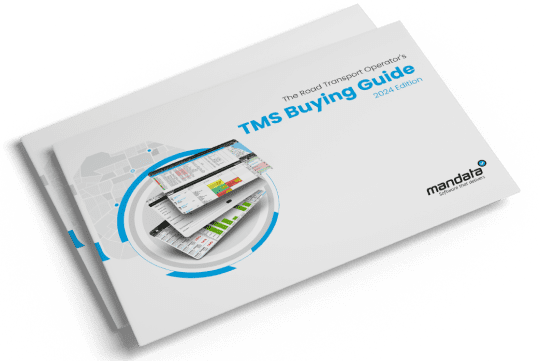TMS vs Bespoke: What’s Best For Transport Businesses?
Are bespoke built systems and providers best for hauliers, or merely an expensive risk…
In the world of transport and logistics, the software that businesses choose can have a significant impact on their operations, efficiency, and ultimately their success. Choosing a software provider is not unlike entering a partnership, and therefore serious consideration need to be given to the benefits and drawbacks of the various available options.
Understanding the variations of systems
Before diving into the comparison, it’s essential to understand the differences between various software packages:
- Out-Of-Box: These systems are ready to use with little to no customisation. They function as designed by the software provider.
- Configured Out-Of-Box: These systems offer a framework ready for use, but the provider allows some configuration to adapt parts of the system to the customer’s requirements.
- Pure Bespoke: Bespoke systems are uniquely created for a specific customer. Every feature is built from scratch just for the haulier, tailored to the customer’s unique requirements, with significant time being taken to build.
Benefits of a Bespoke System
With tailored and personalised software features, bespoke providers and systems are a popular option as customers believe that these systems offer a better suited platform to work on. There are a few benefits of bespoke software:
- Creative Freedom: Bespoke systems allow businesses to define their exact requirements based on their unique business processes, offering creative freedom during the software development process.
- Control Of Production: With a bespoke system, businesses have more visibility into the software’s development process. This enables interventions when necessary to ensure the final product meets their demands.
- More Flexibility: Bespoke systems are flexible, offering customisation throughout the development. However, this flexibility may come at a higher cost of maintaining the product post-implementation.
Potential limitations of using a bespoke system
Although bespoke systems can often seem like the best path to go down, it can cause some big issues for businesses, including:
- Not Industry Specific: Bespoke providers may lack industry-specific knowledge, leading to the risk of missing key industry elements within the software. In the same vein, the business is only able to build their own best practices into the software, and as such are missing out on the collective best practices that would typically be built into mainstream software that has been developed with the benefit of multiple customer views and requests.
- Longer Development Times: Building software from scratch is time-consuming and may disrupt regular operations.
- Higher Support Issues: Unique systems can lead to challenging support issues, slowing down resolution times.
- Future proofing Risk: If the software provider goes out of business or loses key staff members, the bespoke system may become unsupported and underdeveloped, leaving users at greater risk.
- Higher Costs: Bespoke systems require significant investment including consultant fees, developers’ time, and training costs.
What differentiates a dedicated TMS from a Bespoke system?
Dedicated TMS providers create software solutions based on the continuous feedback and input from all their customers. Here’s why dedicated TMS is the preferred choice for many hauliers:
- Industry Recognised Software: TMS systems from dedicated providers are developed by industry experts who understand the genuine needs and requirements of hauliers.
- Customisable Features: Although a TMS is predominantly pre-packed with standard features, the larger hauliers may require other specific features. A TMS can be customised for certain products and features to satisfy the transport business’ needs.
- Quick Roll Out: A TMS is typically ready to use and can be implemented much faster than bespoke software. It may have already been successfully adopted by other hauliers.
- Industry Features: TMS systems include features that benefit compliance adherence, sector-specific platforms, and links to industry-specific systems.
- Dedicated Support: Support for TMS systems is more straightforward, as engineers are familiar with the system. Bespoke systems may take longer to fix due to their uniqueness.
Why growing hauliers are increasingly choosing Mandata rather than bespoke
Increasingly, hauliers are opting for dedicated TMS solutions like Mandata rather than bespoke systems. Here’s why:
- Scalable Transport Systems: With varying sizes of platform, Mandata’s software supports businesses no matter their size, and works alongside them through their growth and development.
- Robust Integrations: Mandata’s software seamlessly integrates with various industry platforms, including Pallet Networks, streamlining operations and enhancing visibility.
- Vast Industry Experience: Mandata has worked alongside hauliers for over 40 years, developing TMS systems based on industry knowledge and relationships in the transport sector.
- In-House Development and Collaboration: Working with account management, sales and marketing teams, Mandata keeps a close eye on industry trends and needs, and works together to ensure the systems are always current and market-leading.
- Absolute Transport Focus: Mandata’s sole focus is on transport, ensuring that improvements to the transport elements of their software are always prioritised.
- Data Security: As Mandata is ISO 27001 and ISO 9001 accredited, cyber-security within the software remains a key focus, giving the customers peace of mind that their data is safe and secure.
In conclusion, while bespoke solutions have their benefits, a TMS offers a compelling and sensible alternative. It combines industry expertise, cost-effectiveness, scalability, and ongoing support. A Mandata TMS is the better choice for efficient operational processes and staying competitive without the risks, costs, and complexities of custom software development, making it the more reliable choice for hauliers.

